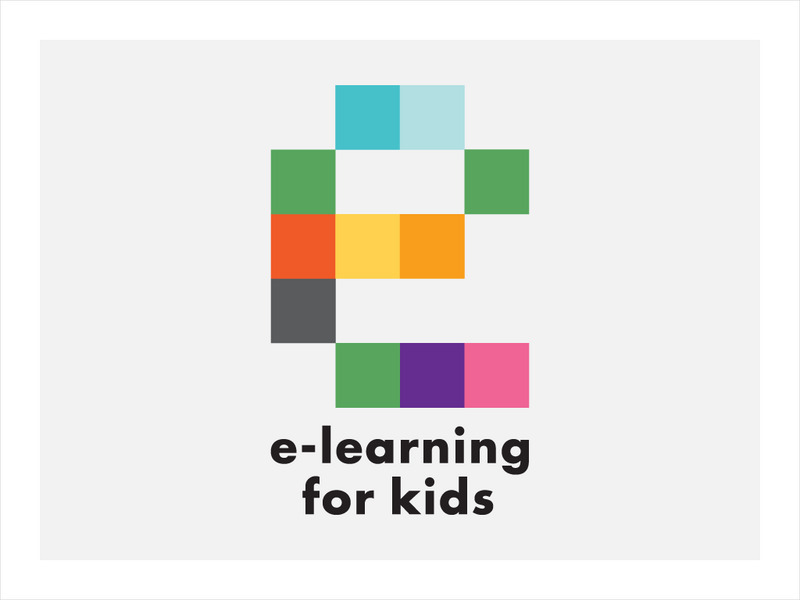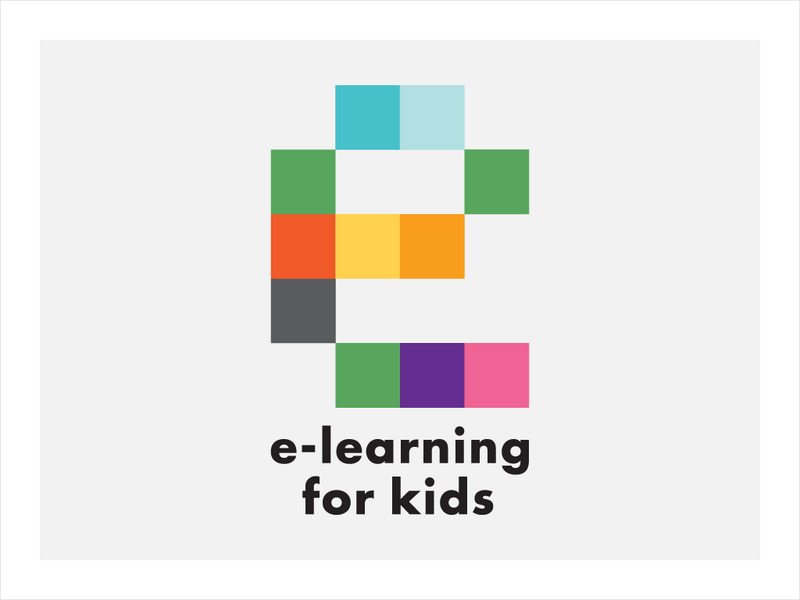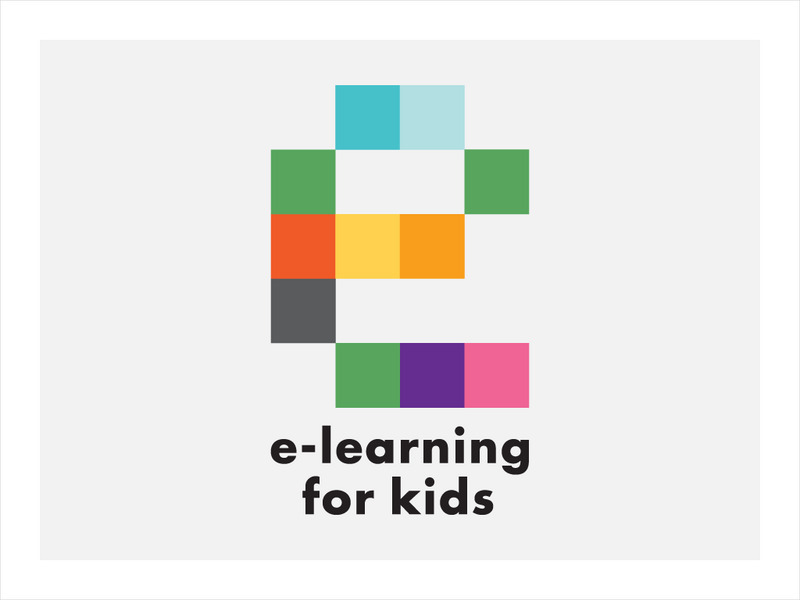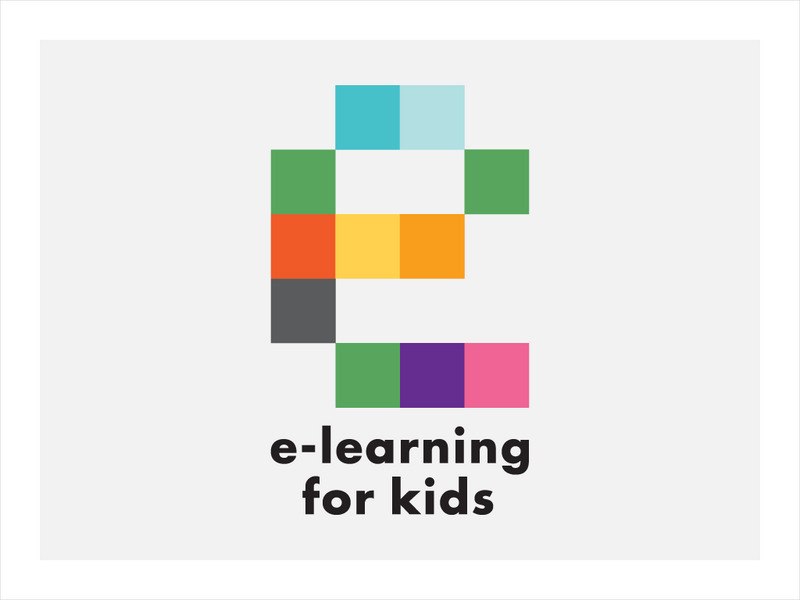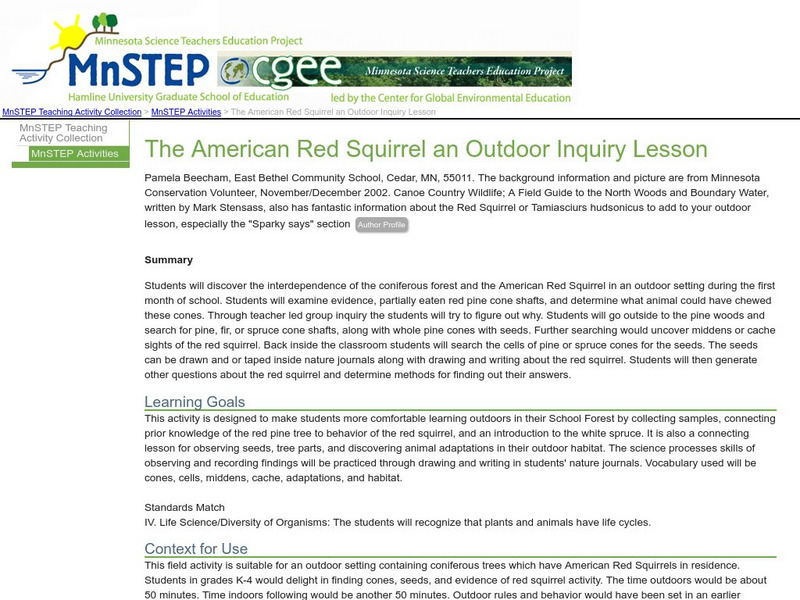Museum of Science
Ei E: Shake Things Up: Engineering Journal [Pdf]
A 34-page student journal of worksheets to accompany a instructional activity unit on designing buildings that will withstand an earthquake. [SEE: http://eie.org/sites/default/files/es_educator_guide_2014_10_09.pdf] First, they work on...
ReadWriteThink
Read Write Think: Reading/writing About Whales Using Fiction and Nonfiction Texts
Students will have a whale of a good time in this instructional activity in which they use fiction and nonfiction texts to write a letter to an online scientist.
E-learning for Kids
E Learning for Kids: Science: Pirates: What Is Sound?
In this lesson, students learn about sound vibrations, pitch, how frequency is measured, and about the recommended upper decibel limit of noise.
E-learning for Kids
E Learning for Kids: Science: Antarctica/ What Are the Different Parts of the Universe?
In this lesson, students learn about objects in the universe, including constellations, planets, meteors, asteroids, and comets.
E-learning for Kids
E Learning for Kids: Science: North Sea: What Types of Materials Are Out There?
In this lesson, students learn about what objects are made from and the origins of the materials.
E-learning for Kids
E Learning for Kids: Science: Antarctica Research Center: What Do Cells Do?
For this lesson, students learn about the specialization of cells to perform different functions, and how they are organized into tissues and organs in the human body.
E-learning for Kids
E Learning for Kids: Science: Netherlands: What Are Permanent and Temporary Changes?
In this lesson, students match a substance with its state of matter, identify what state something is, and learn about temporary and permanent changes in matter.
E-learning for Kids
E Learning for Kids: Science: Mediterranean Sea: What Are Reversible and Irreversible Changes?
Students will learn about reversible and irreversible changes in materials in this lesson.
E-learning for Kids
E Learning for Kids: Science: Seychelles: What Is the Solar System?
In this lesson, students learn about the planets, their moons, asteroids, comets, and dwarf planets in our solar system.
E-learning for Kids
E Learning for Kids: Norway Fjords: What Are Solids, Liquids and Gases?
The differences between solids, liquids, and gases and the properties of each are presented in this lesson.
E-learning for Kids
E Learning for Kids: Madagascar: What Are Tectonic Plates and How Are They Moving?
This lesson teaches students about tectonic plates, plate boundaries, and their role in earthquakes and volcanoes.
E-learning for Kids
E Learning for Kids: Antarctica Fishing Boat: Where Do Sounds Come From?
In this lesson, students explore where sounds come from and the different sounds that animals make.
E-learning for Kids
E Learning for Kids: North Sea: How Do We Measure the Intensity of Light?
Students learn in this lesson about light intensity and the units used to measure it, the reflection of light, and how the amount of light can be increased using more lightbulbs.
Science Education Resource Center at Carleton College
Serc: Mn Step: The American Red Squirrel an Outdoor Inquiry Lesson
For this activity, students are presented with red pine cones that have been partly eaten by the American Red Squirrel, a fact that is not divulged to them at this stage. After a discussion of the possibilities, the class takes a walk in...
Other
Schools of California Online Resources for Education
S.C.O.R.E. offers teacher approved and evaluated websites, lesson plans, virtual activities, and more which have been aligned with California standards to aid educators in history and social science.
Other
Awesome Library
Awesome Library's searchable database is full of resources in all subject areas. It also provides information to parents, students, teachers, principal, family, and community.
![Ei E: Shake Things Up: Engineering Journal [Pdf] Lesson Plan Ei E: Shake Things Up: Engineering Journal [Pdf] Lesson Plan](https://d15y2dacu3jp90.cloudfront.net/images/attachment_defaults/resource/large/FPO-knovation.png)





